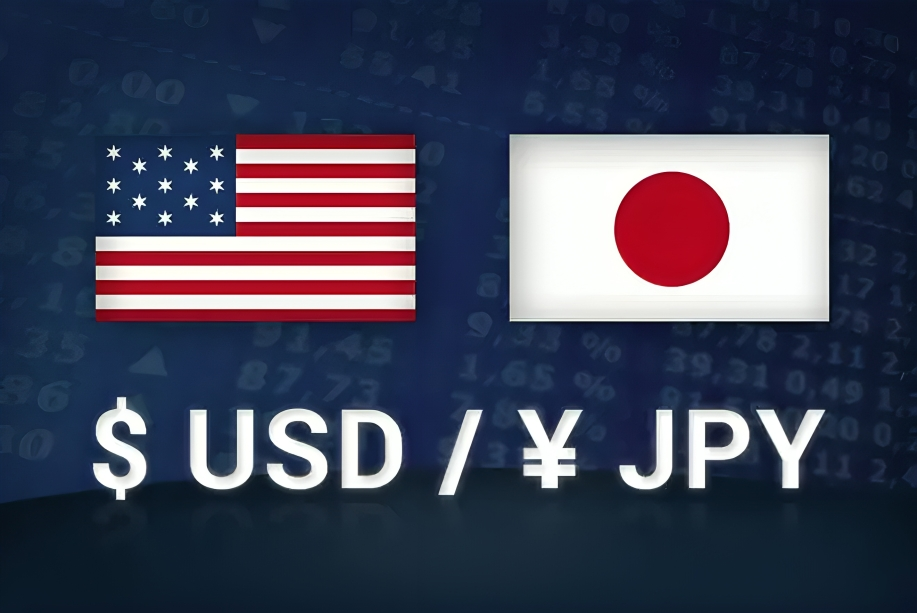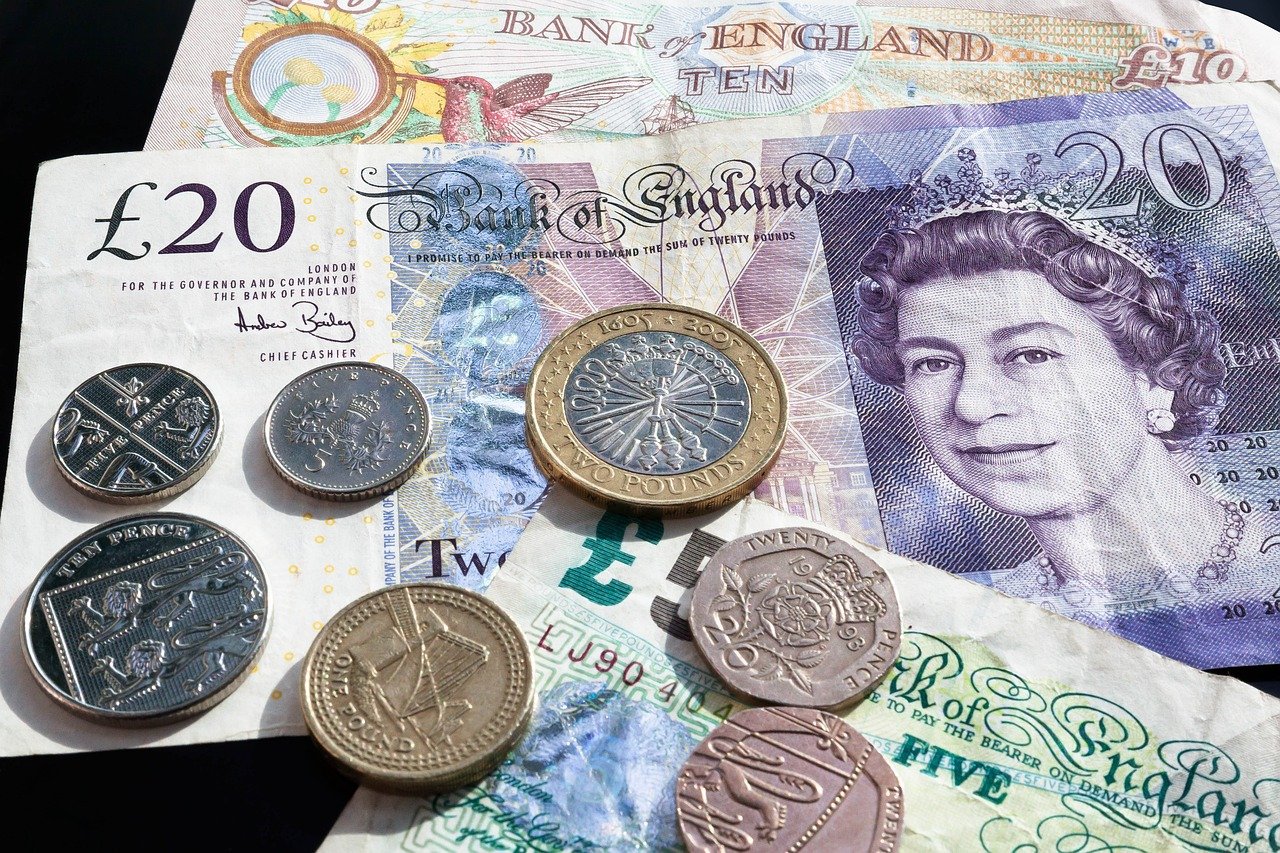GBP/USD maintains its weakness near the 1.2400 level, with the pair still unable to gain intraday ground as the US Dollar continues its strength. The currency pair is under headwinds as the Federal Reserve and the Bank of England diverge in their outlooks. The Fed will likely keep rates steady due to strong US employment data and growing inflation concerns as a result of Trump’s tariff policies. Technically, repeated failures near the 50-day SMA suggest a bearish bias, and the downside risks are increasing below the 1.2375 support. Any rebound towards 1.2500 may face selling pressure, while a breakdown below 1.2300 could accelerate losses toward mid-1.2200s and beyond.
KEY LOOKOUTS
• The 1.2500 psychological level remains a strong resistance; a decisive breakout could trigger further gains toward 1.2575-1.2600 in the near term.
• Persistent failures near the 50-day SMA indicate a bearish trend, suggesting that any upside attempt may face strong resistance and selling pressure.
• The GBP/USD is still limited from a meaningful recovery and a decline in its downward movements as a stronger US Dollar continues, spurred by the threat of Trump’s tariffs and Fed’s stable rate stance.
• A convincing breakdown below the support zone 1.2375-1.2370 would accelerate losses toward the 1.2300 round number and further below mid-1.2200s.
The GBP/USD remains vulnerable and struggles to hold ground above 1.2400, as the bearish pressure mounts below the 50-day SMA. A stronger US Dollar, given the tariff policies of Trump and the steady rate outlook from the Fed, is limiting any meaningful upside. The key resistance at 1.2500 remains a ceiling, and thus an important level to be reclaimed by bulls. The downside is potentially accelerated toward the 1.2300 mark if a support zone around 1.2375 is breached, with additional downside potential stretching into mid-1.2200s. Traders are looking for a major US economic data and BoE policy signals flow to catch fresh momentum.
GBP/USD is suffering below the 50-day SMA, with 1.2500 acting as a strong resistance bar; if it breaks below 1.2375, another fall towards 1.2300 can be expected. US Dollars are gaining across Fed policies and due to Trump’s continued toughness on tariffs, making the pair vulnerable.
• Repeated failures near the 50-day SMA indicate a bearish bias, keeping the pair vulnerable to further declines.
• Any rebound faces strong resistance at 1.2500; a breakout above this level could signal a potential trend reversal.
• A decisive break below this key support zone may accelerate losses toward 1.2300 and mid-1.2200s.
• The USD remains strong due to Fed’s rate outlook and Trump’s tariff policies, limiting GBP/USD upside potential.
• The economy growth warning from the Bank of England is a major factor continuously straining the GBP with higher downside risks.
• Additional strength in US employment and inflation concerns can further help support the Dollar and weigh on the GBP/USD.
• Global risk appetite, geopolitical news, and various economic data are likely to drive the next move of the GBP/USD pair.
The GBP/USD remains in selling pressures, as it fails to break above the 50-day simple moving average, which forms a very strong resistance. Now, the psychological level of 1.2500 acts as a big barrier for the pair, and unless the pair decisively breaks above that, any move northward will likely face selling pressure. On the downside, immediate support lies around 1.2375-1.2370, and a break below this zone could accelerate losses towards the 1.2300 round figure, with further downside potential extending to mid-1.2200s. The Bank of England’s cautious economic outlook and subdued market confidence in the UK economy add to the bearish sentiment, keeping the pair vulnerable.
GBP/USD Daily Price Chart

TradingView Prepared by ELLYANA
The US Dollar is firm because of the positive employment data and expectations that interest rates by the Federal Reserve are going to remain steady. Additionally, new policies on tariffs introduced by Trump have further added fuel to the fire of inflationary concerns, which could support the USD and cap the recovery of GBP/USD. Market sentiment and risk appetite will be other important factors to determine the direction of the pair. Traders should closely watch upcoming US economic data releases and any shifts in the Fed-BoE policy divergence for fresh trading cues. Until GBP/USD breaks above its key resistance zones, the path of least resistance appears to be downward.
TECHNICAL ANALYSIS
GBP/USD remains bearish as it struggles below the 50-day Simple Moving Average (SMA), reinforcing selling pressure. The pair is facing stiff resistance at the 1.2500 psychological level, and only a decisive break above this could trigger further upside towards 1.2575-1.2600. On the downside, immediate support is seen at 1.2375-1.2370, and a sustained break below this zone could accelerate declines toward 1.2300 and mid-1.2200s. The overall setup favors bears, with momentum indicators like RSI and MACD tilting towards further downside. Until the pair recovers its key resistance, selling on rallies is a good strategy.
FORECAST
GBP/USD is likely to rally if it breaks decisively above the key resistance at 1.2500. A break above that area could propel a bullish move to the 1.2575-1.2600 region, where another resistance barrier awaits. If momentum continues, the pair may surge further toward 1.2645-1.2650, and challenge the 100-day SMA around 1.2715-1.2720. A shift in market sentiment, positive UK economic data, or signs of a more hawkish Bank of England (BoE) stance could provide additional fuel for the recovery.
GBP/USD remains vulnerable as long as it trades below the 50-day SMA, with immediate support at 1.2375-1.2370. A breakdown below this level could intensify selling pressure, pushing the pair toward the 1.2300 round figure. If the bearish momentum continues, the next strong support will be seen at mid-1.2200s, and then the 1.2175 area. The strengthening US Dollar, due to solid rate outlook of the Federal Reserve and Trump’s tariff policies, will continue to cap the upside, and this makes the GBP/USD vulnerable to deeper losses.







